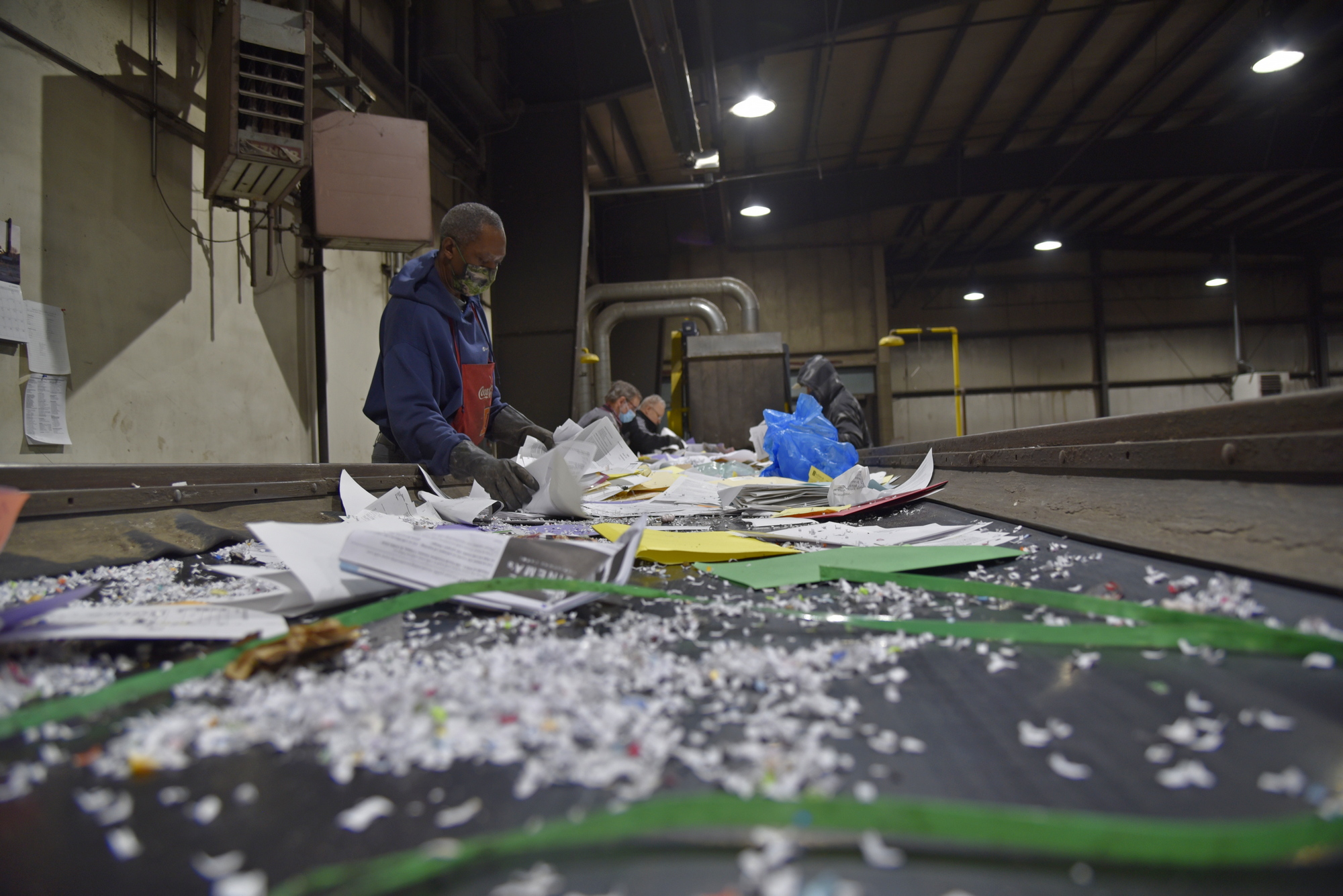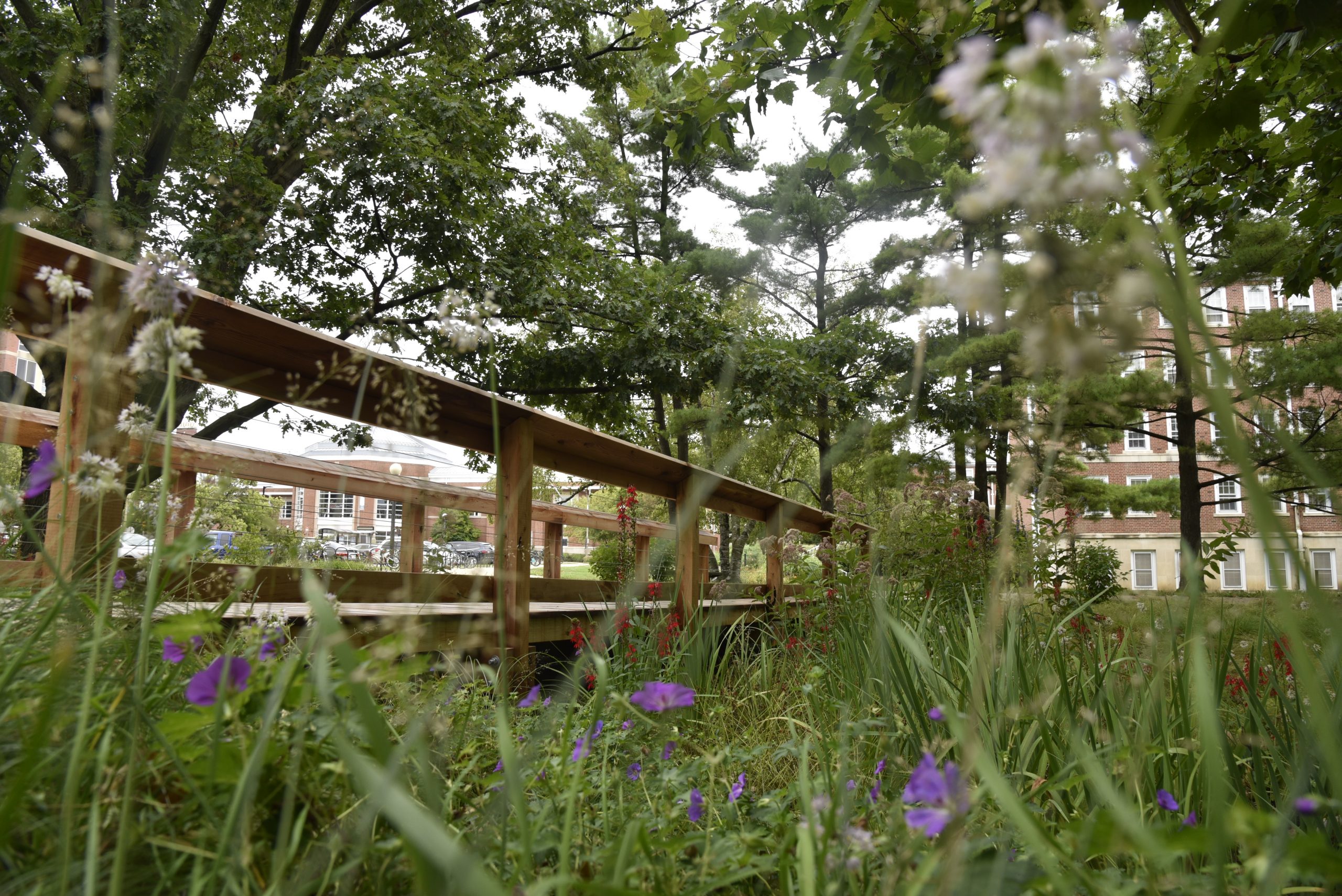Campus Waste Characterization Results
Aug 06, 2024 | 6:36 am
The characterization and opportunity assessment makes 39 recommendations to help move the campus closer to achieving zero waste goals.

Links
Documents
Achieving zero waste at the University of Illinois Urbana-Champaign requires an all-in approach by students, faculty, staff, and visitors to reduce, reuse, recycle, and compost whenever and wherever possible. Over the last two decades, F&S has remained focused on reaching this core sustainability goal by supporting numerous initiatives to assess active waste management operations, take action to increase diversion rates through infrastructure and process improvements, and engage the campus community in best practices that lessen the number of recyclable materials that end up in the landfill.
In the fall of 2023, the Illinois Sustainable Technology Center (ISTC) Technical Assistance Program’s Zero Waste Illinois team conducted a new waste audit of eight high-usage facilities (Activities & Recreation Center, Allen Residence Hall, Business Instructional Facility, Campus Instructional Facility, Illini Union, Lincoln Avenue Residence Halls, Noyes Laboratory, and Roger Adams Laboratory).
The Campus Building Waste Characterization & Opportunity Assessment (full report and executive summary available) identified and measured the types of trash and recycling materials generated at these locations. With the collaboration of participating units and auxiliaries, this thorough examination at the building level sought to evaluate current waste management procedures in varied “activity zones;” see how habits have changed over time, especially following the pandemic; and gauge general awareness of programs and initiatives.
Updated Waste Management and Recycling Strategies
Based on this assessment, 39 recommendations were made across seven categories covering areas of education and outreach, infrastructure, programming, purchasing, policy, retail, and research. Many of the suggestions encourage colleges and departments to look upstream at the source or generation of waste as a way to proactively reduce the amount of waste that ends up landfills.
F&S Zero Waste Coordinator Daphne Hulse said, “ISTC’s important and updated insight gives us the ability to turn their work into meaningful results that have an impact across campus. To accomplish our goals, we need to keep looking at how we can all continue to make progress by taking all available actions to properly reduce, reuse, and recycle where we study, work, recreate, and live.”
Several key findings from this analysis are
- 34 percent of campus waste reviewed was avoidable
- 23 percent of all landfill materials were some form of paper towels
- Recyclable materials made up 13 percent of the total waste stream
- 17 percent of waste was compostable
- 18 percent of recyclables were contaminated and therefore unsalvageable
- Liquids contributed to contaminating 5 percent of all the recycling items sorted
The Student Sustainability Committee provided funding for this effort to help further drive down the more than 5,000 tons of waste landfilled annually on the Urbana campus. For questions about this initiative, please contact recycling@illinois.edu.

